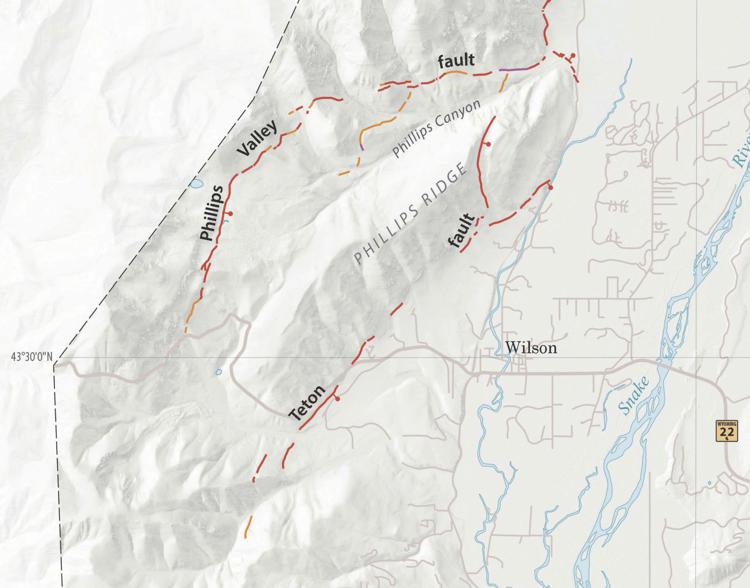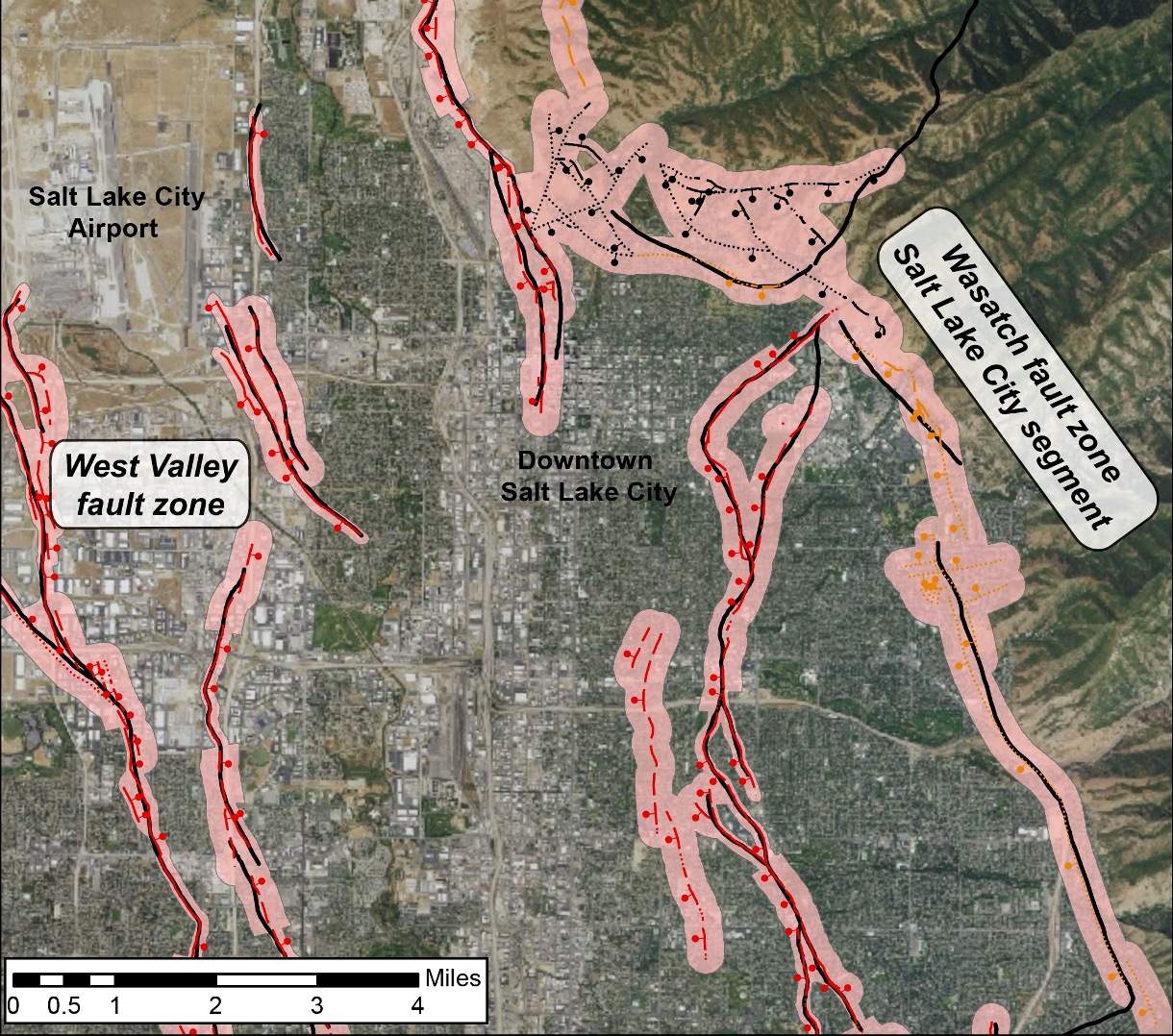Geological Significance of the Fault Line

The fault line in Wyoming, known as the Teton Fault, is a prominent geological feature that has played a significant role in shaping the landscape of the region. Located in the western part of the state, the Teton Fault stretches for approximately 40 miles (64 kilometers) along the eastern base of the Teton Range. It is a normal fault, meaning that the rocks on one side of the fault have moved down relative to the rocks on the other side.
The jagged fault line in Wyoming, a testament to the Earth’s volatile past, reminds us of the ever-present tension between opposing forces. Like the relentless clash of a storm vs fever, the fault line symbolizes the delicate balance between chaos and order.
Yet, amidst this turmoil, the land remains unyielding, a testament to the resilience that lies beneath the surface.
The Teton Fault was formed as a result of the extensional forces that have been acting on the western United States since the late Cretaceous period. These forces have caused the crust of the Earth to thin and stretch, resulting in the formation of a series of normal faults. The Teton Fault is one of the most prominent of these faults, and it has been responsible for the uplift of the Teton Range.
Types of Rocks and Minerals
The rocks along the Teton Fault are primarily sedimentary rocks, such as limestone, sandstone, and shale. These rocks were deposited in a shallow sea that covered the region during the Paleozoic and Mesozoic eras. The fault has also brought to the surface some igneous rocks, such as granite and gneiss. These rocks were formed when magma cooled and solidified deep within the Earth’s crust.
The Wyoming fault line, a geological marvel, stretches across the state, its existence as ancient as the mountains that surround it. Like the upcoming Mets vs Nationals prediction , the fault line holds secrets yet to be unraveled, its presence a testament to the forces that have shaped our planet over eons.
The fault line’s presence reminds us that even the most stable landscapes are subject to the relentless forces of change, a reminder that the earth beneath our feet is a dynamic and ever-evolving entity.
Historical Earthquakes and Seismic Activity

The geological history of the fault line in Wyoming is marked by numerous seismic events. These earthquakes have ranged in magnitude and have had varying impacts on the surrounding areas.
An analysis of the historical record reveals patterns and trends that provide insights into the potential risks and hazards associated with future seismic activity.
Chronological List of Significant Earthquakes, Fault line in wyoming
- 1901: A magnitude 6.5 earthquake struck near the town of Lander, causing widespread damage and loss of life.
- 1959: A magnitude 5.5 earthquake occurred in the same region, causing minor damage.
- 1988: A magnitude 5.8 earthquake shook the area, resulting in moderate damage to buildings and infrastructure.
- 2017: A magnitude 4.8 earthquake was recorded, causing no significant damage.
Analysis of Earthquake Frequency and Magnitude
The historical record indicates that the fault line has experienced periods of both high and low seismic activity. The largest earthquakes have occurred at intervals of several decades, with smaller earthquakes occurring more frequently.
The magnitude of earthquakes along the fault line has varied, with most events falling within the range of 5.0 to 6.5. However, larger earthquakes are possible, as evidenced by the 1901 Lander earthquake.
Potential Risks and Hazards
The potential risks and hazards associated with future seismic activity along the fault line include:
- Ground shaking, which can cause damage to buildings, infrastructure, and natural landscapes.
- Liquefaction, which occurs when saturated soil loses its strength and behaves like a liquid, potentially causing buildings and other structures to sink.
- Landslides, which can be triggered by ground shaking and can block roads and damage property.
Economic and Environmental Impact: Fault Line In Wyoming

The presence of the fault line in Wyoming has significant implications for the economic activities and environmental well-being of the region.
Economic Activities
The vicinity of the fault line hosts various economic activities, including:
- Energy Production: The region is rich in fossil fuel resources, and numerous oil and gas fields operate near the fault line.
- Agriculture: The fertile soils and ample water resources support extensive agricultural activities, including livestock grazing and crop cultivation.
- Tourism: The scenic landscapes and geological formations attract tourists to the area.
Potential Economic Consequences
A major earthquake along the fault line could have severe economic consequences:
- Damage to Infrastructure: Earthquakes can cause widespread damage to roads, bridges, pipelines, and other infrastructure, disrupting transportation, communication, and energy supply.
- Loss of Property: Buildings, homes, and businesses can be destroyed or damaged, leading to significant financial losses.
- Business Disruptions: Economic activities may be halted or slowed down due to infrastructure damage, property loss, and power outages.
- Job Losses: Earthquakes can result in job losses as businesses close or relocate due to damage or economic disruption.
Environmental Impact
The fault line also has environmental implications:
- Habitat Loss: Earthquakes can trigger landslides, rockfalls, and ground deformation, which can damage or destroy wildlife habitats.
- Water Contamination: Fractured rocks along the fault line can provide pathways for groundwater contamination, potentially affecting drinking water sources.
- Soil Erosion: Seismic activity can loosen soil, making it more susceptible to erosion, which can lead to land degradation and sedimentation in rivers and lakes.